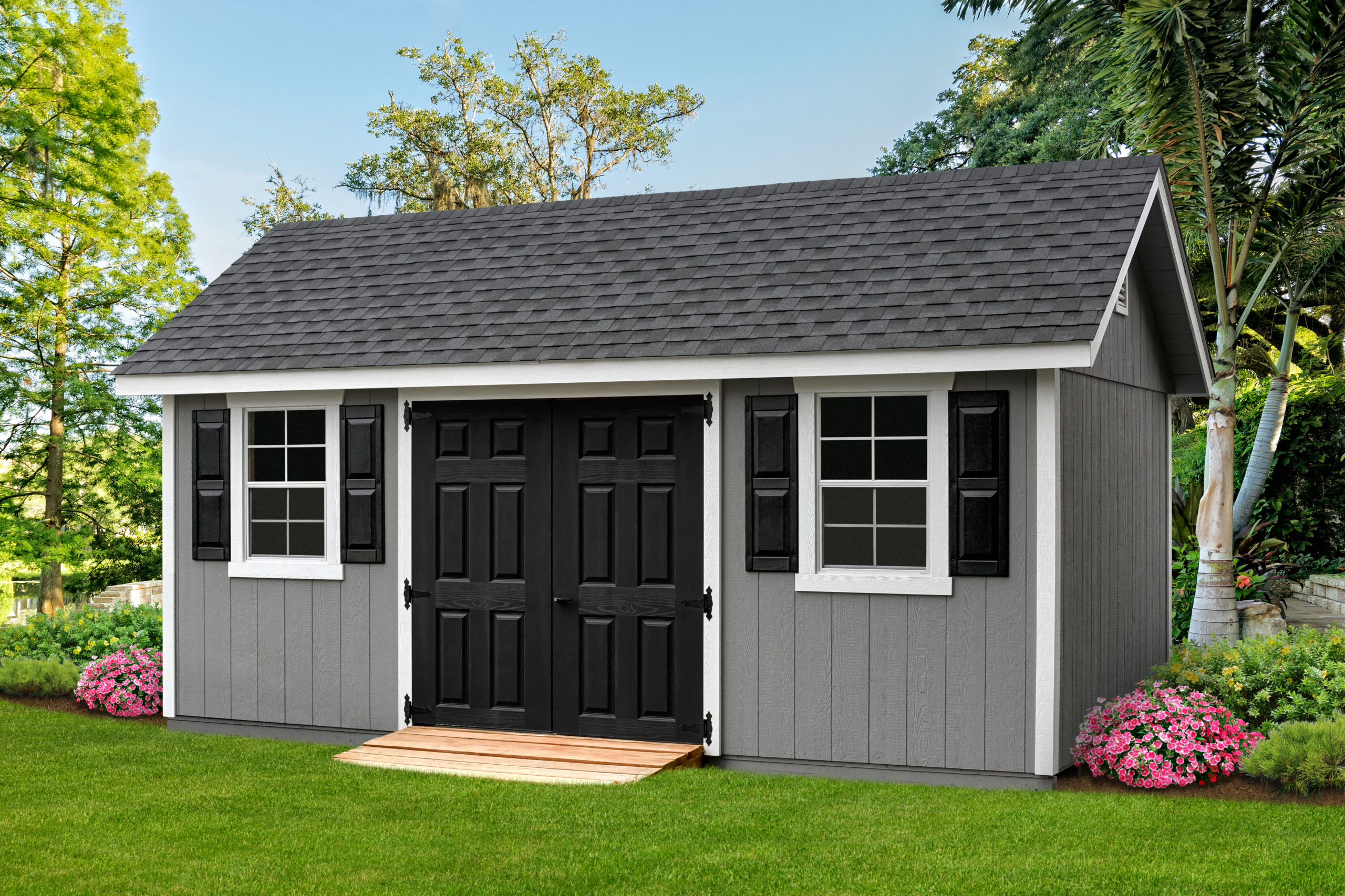If you live in an area with a high risk of flooding, it’s important to understand how this can affect your home insurance policy. Flood damage can be catastrophic, resulting in significant repair costs and property loss. In this article, we will discuss home insurance for homes with flood risk and what you need to know to ensure that you are adequately protected.
What is flood insurance?
Flood insurance is a type of insurance policy that covers damage to your home and personal property caused by flooding. Flood insurance policies are typically offered by the National Flood Insurance Program (NFIP) and private insurance companies.
It’s important to note that standard homeowners insurance policies typically do not cover flood damage. If you live in an area with a high risk of flooding, it’s important to purchase a separate flood insurance policy to ensure that you are adequately protected.
What areas are at risk for flooding?
Flooding can occur in any area, but some regions are at higher risk than others. The Federal Emergency Management Agency (FEMA) has identified certain flood zones that are at high risk for flooding. These zones are typically located in coastal areas, river valleys, and areas with low elevation.
If you live in a high-risk flood zone, you may be required to purchase flood insurance as a condition of your mortgage. However, even if you don’t live in a high-risk flood zone, it’s still a good idea to consider purchasing flood insurance, as flooding can occur in any area.
What does flood insurance cover?
Flood insurance policies typically cover two types of damage:
Building property coverage
Building property coverage covers damage to the physical structure of your home, including the foundation, walls, roof, and other structures attached to the home. This coverage can also include electrical and plumbing systems, HVAC equipment, and other permanent fixtures.
Personal property coverage
Personal property coverage covers damage to your personal belongings, such as furniture, clothing, electronics, and other items. This coverage can also include items stored in your basement, such as appliances and other household items.
It’s important to note that flood insurance policies typically have limitations and exclusions. For example, flood insurance policies may not cover damage caused by sewer backups, mold, or moisture that could have been prevented through routine maintenance.
How much does flood insurance cost?
The cost of flood insurance varies depending on several factors, including:
- The location of your home
- The age, condition, and value of your home
- The elevation of your property and flood zone
- The amount of coverage you need
The deductible you choose
In general, the higher the risk of flooding in your area, the higher the cost of flood insurance. However, the cost of flood insurance can be offset by taking steps to reduce your risk of flood damage, such as elevating your home or installing flood-resistant materials.
What can you do to reduce your risk of flood damage?
There are several steps you can take to reduce your risk of flood damage, including:
Elevating your home
If you live in a flood-prone area, elevating your home can significantly reduce your risk of flood damage. You can work with a contractor or engineer to determine the best way to elevate your home based on your property’s elevation and flood zone.
Installing flood-resistant materials
Installing flood-resistant materials can also help to reduce your risk of flood damage. These materials include flood vents, waterproof wall and floor coverings, and water-resistant doors and windows.
Maintaining your property
Routine maintenance can also help to reduce your risk of flood damage. This includes cleaning out gutters and downspouts, fixing any leaks or cracks in your foundation, and installing sump pumps or backflow valves to prevent water from backing up into your home.
Purchasing flood insurance
Finally, purchasing flood insurance is the best way to protect your home from flood damage. Even if you take all the necessary steps to reduce your risk of flood damage, there is still a chance that flooding can occur. Having flood insurance can provide you with peace of mind and financial protection in case the worst happens.
What should you consider when purchasing flood insurance?
When purchasing flood insurance, there are several things you should consider to ensure that you have adequate coverage:
Your flood zone and risk level: It’s important to know your property’s flood zone and risk level to determine the amount of coverage you need. If you live in a high-risk flood zone, you may need more coverage than if you live in a moderate or low-risk zone.
The amount of coverage you need: The amount of coverage you need will depend on the value of your home and personal property. You should consider the cost of rebuilding your home and replacing your belongings in case of a flood.
The deductible you choose: The deductible is the amount you will pay out of pocket before your insurance coverage kicks in. A higher deductible can lower your insurance premium, but it also means you’ll have to pay more out of pocket if you experience flood damage.
Additional coverage options: You may want to consider additional coverage options, such as coverage for additional living expenses if you need to temporarily relocate due to flood damage.
Conclusion
Living in a flood-prone area can be stressful, but having flood insurance can provide you with peace of mind and financial protection. It’s important to understand the risks of flooding in your area and take steps to reduce your risk of flood damage. Purchasing flood insurance is the best way to ensure that you are adequately protected in case of a flood. By understanding the coverage options and taking steps to reduce your risk of flood damage, you can protect your home and personal property from the devastating effects of flooding.




